Abstract
The application of reactive power compensation technology in electrical automation is becoming increasingly widespread. This technology can enhance the quality and efficiency of electric energy by adjusting reactive power within power systems, thereby reducing reactive losses and improving system stability and reliability. It can also reduce voltage fluctuations and harmonic content in the system, thus minimizing damage to equipment. This paper elaborates on the concept and principles of reactive power compensation, analyzes its characteristics, and discusses its application in electrical automation. The aim is to fully leverage its functional benefits to meet the operational requirements of electrical automation systems.
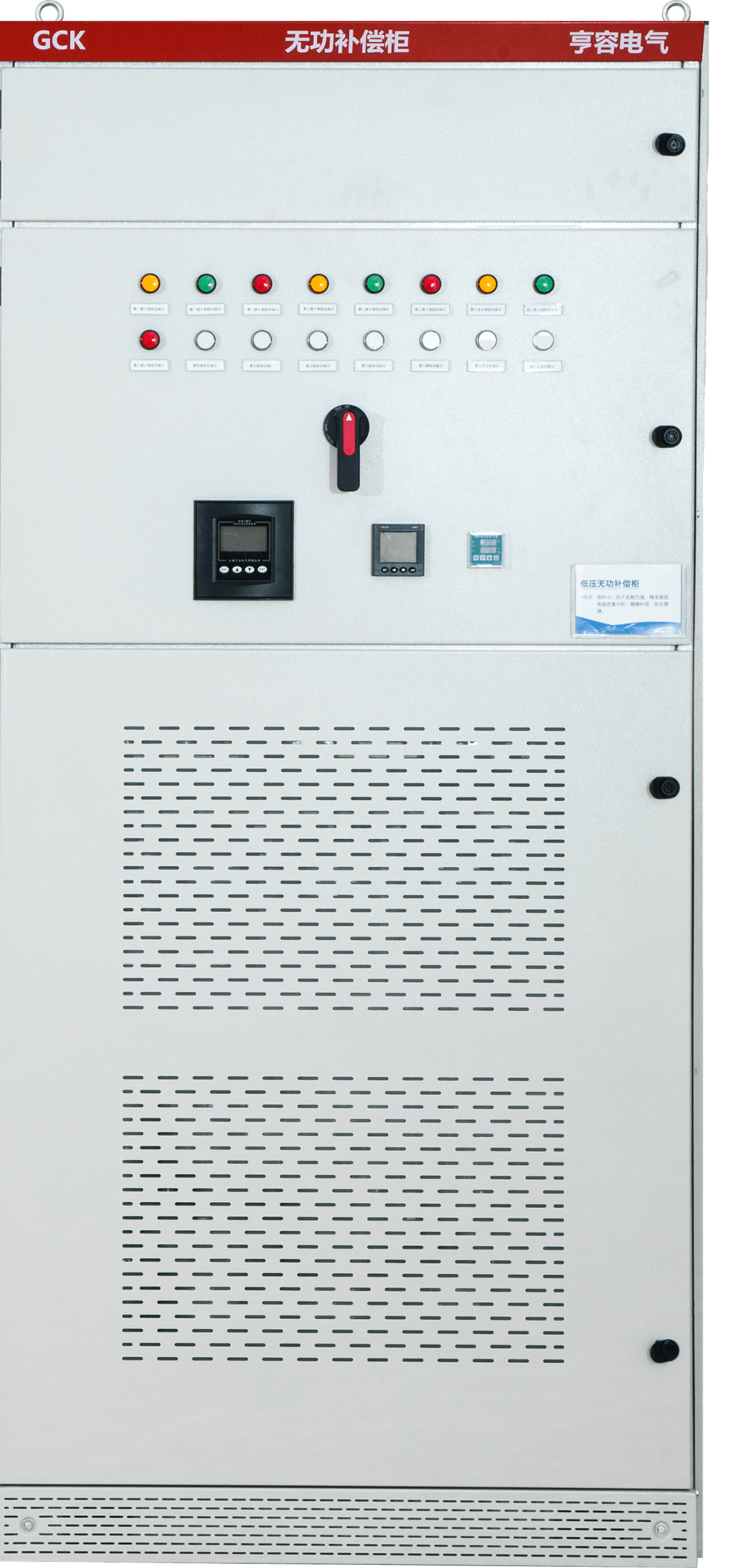
1 Overview of Reactive Power Compensation Technology
Due to multiple influencing factors, there are certain power losses during the utilization of electric resources, which not only cause economic loss to enterprises and users but also hinder the healthy development of the power industry. Therefore, reactive power compensation technology should be fully leveraged to improve energy utilization. Its application can significantly enhance energy efficiency in electrical automation systems, reduce reactive power losses, and lighten the grid load. Additionally, it improves equipment reliability and stability and protects against voltage fluctuations and grid faults. However, integrating reactive compensation technology into automation systems is a long-term, complex process requiring continuous practice, experience accumulation, and technological advancement. Smart compensation devices must be selected and optimized according to the actual development of the domestic power industry to promote sustainable development.
2 Characteristics of Reactive Power Compensation Technology
2.1 Decentralized Voltage Control
Proper configuration of compensation equipment allows reactive power flow to be distributed across different nodes, achieving voltage control. This ensures voltage remains within reasonable limits, avoiding overvoltage (equipment overload/damage) or undervoltage (inability to operate properly). As a result, voltage stability and equipment reliability improve.
2.2 Improving Power Quality
Intelligent reactive power compensation enhances power quality and user experience, especially under high energy consumption scenarios. It allows for smart control of device power consumption, improving supply efficiency and quality.
2.3 Regionalized Service Supply
The configuration and application of compensation technology can be adjusted flexibly for different service zones. By matching devices with power supply regions, reliability and stability are improved, and reactive losses are reduced. For instance:
- Industrial: Based on equipment/load, select suitable devices to enhance stability and reduce loss.
- Commercial: Match with facility requirements to ensure reliability and energy efficiency.
- Residential: Tailor to regional and household demand for stable and efficient power supply.
Regionalization helps maintain an optimal power factor, balancing reactive flows, minimizing voltage fluctuation, and stabilizing the system.
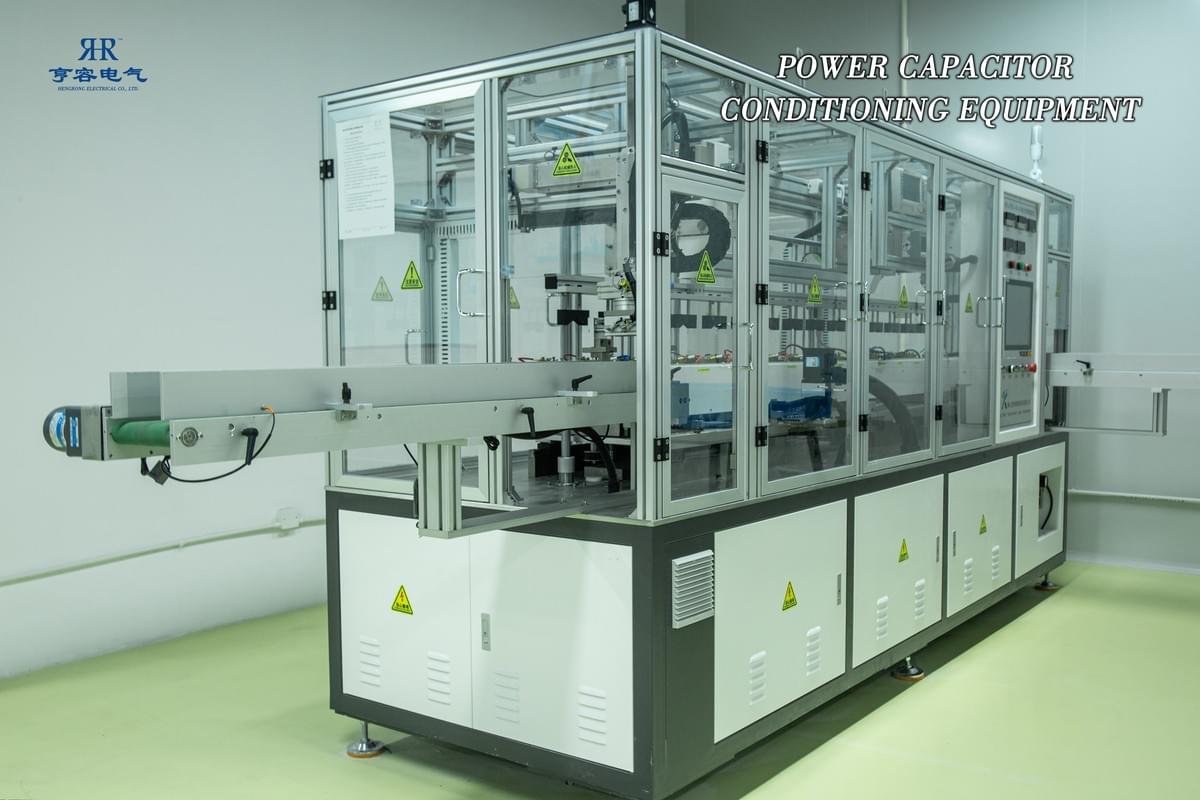
3 Applications of Compensation Technology in Electrical Automation
3.1 Single-Tuned Filter
A common technique that compensates reactive power by filtering harmonic currents. Harmonics can overheat or damage equipment and reduce power quality. Single-tuned filters eliminate these, stabilize voltage, and improve reliability and power factor.
3.2 Vacuum Circuit Breakers
These devices control and adjust reactive power, offering:
- Protection for equipment (generators, transformers, motors).
- Accurate control of reactive power, boosting power factor and energy efficiency.
- Quick isolation of fault circuits to prevent escalation.
- Stabilization of voltage fluctuations.
3.3 Fixed Filters with Capacitors and Reactors
Harmonics from nonlinear loads distort voltage/current. Fixed filters suppress harmonics, and capacitors/reactors manage reactive power, improving power factor and system efficiency. Combined, they ensure quality and optimized compensation.
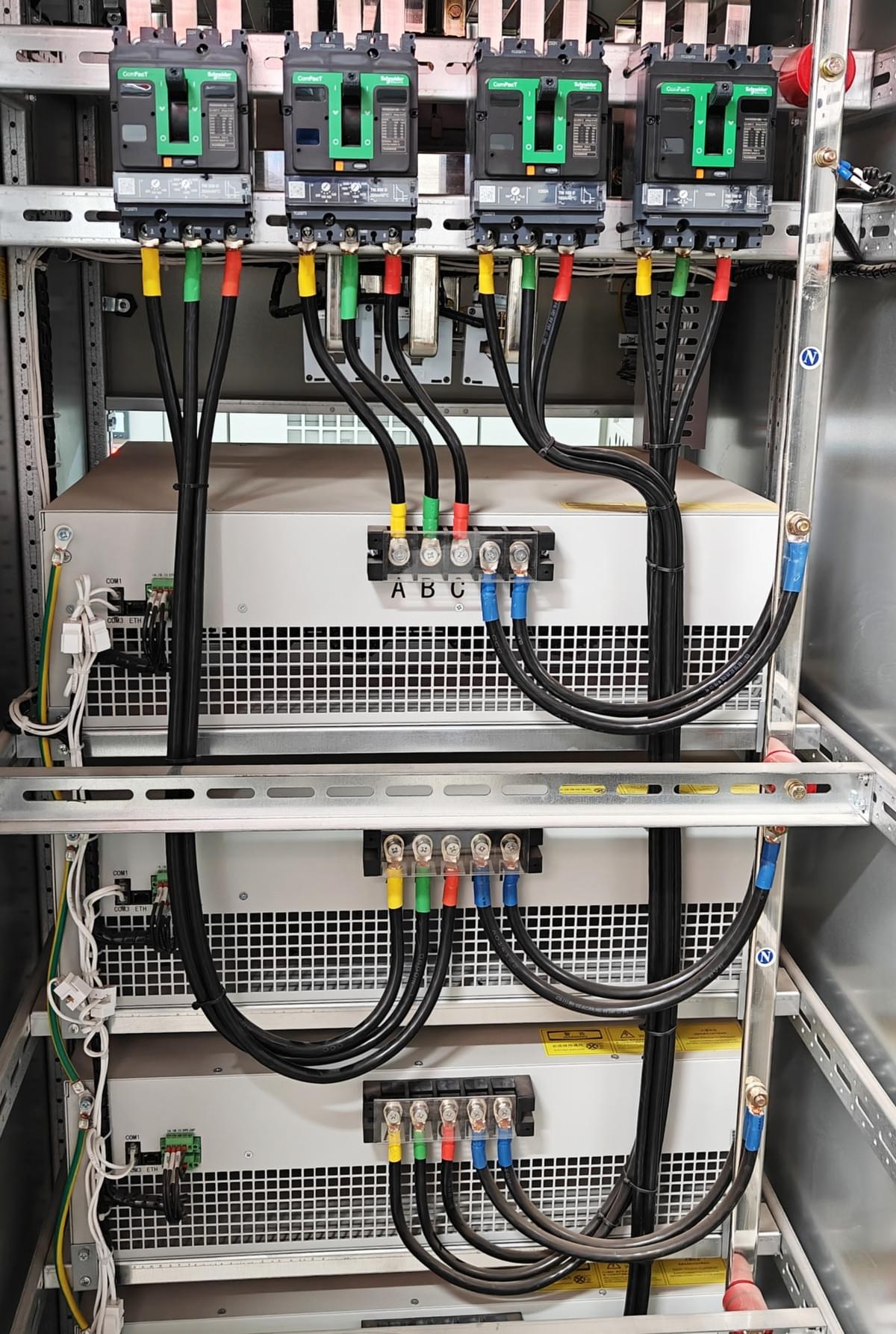
3.4 Reactive Compensation in Distribution Lines
During power transmission, reactive power naturally arises, lowering the power factor and energy efficiency. Compensation devices (capacitors/reactors) bring the factor closer to 1, minimizing losses and optimizing utilization.
3.5 Shunt Capacitor Compensation
A common method where shunt capacitors absorb reactive power, boosting power factor and reducing losses. In large-scale systems, they improve reliability and reduce fault incidence.
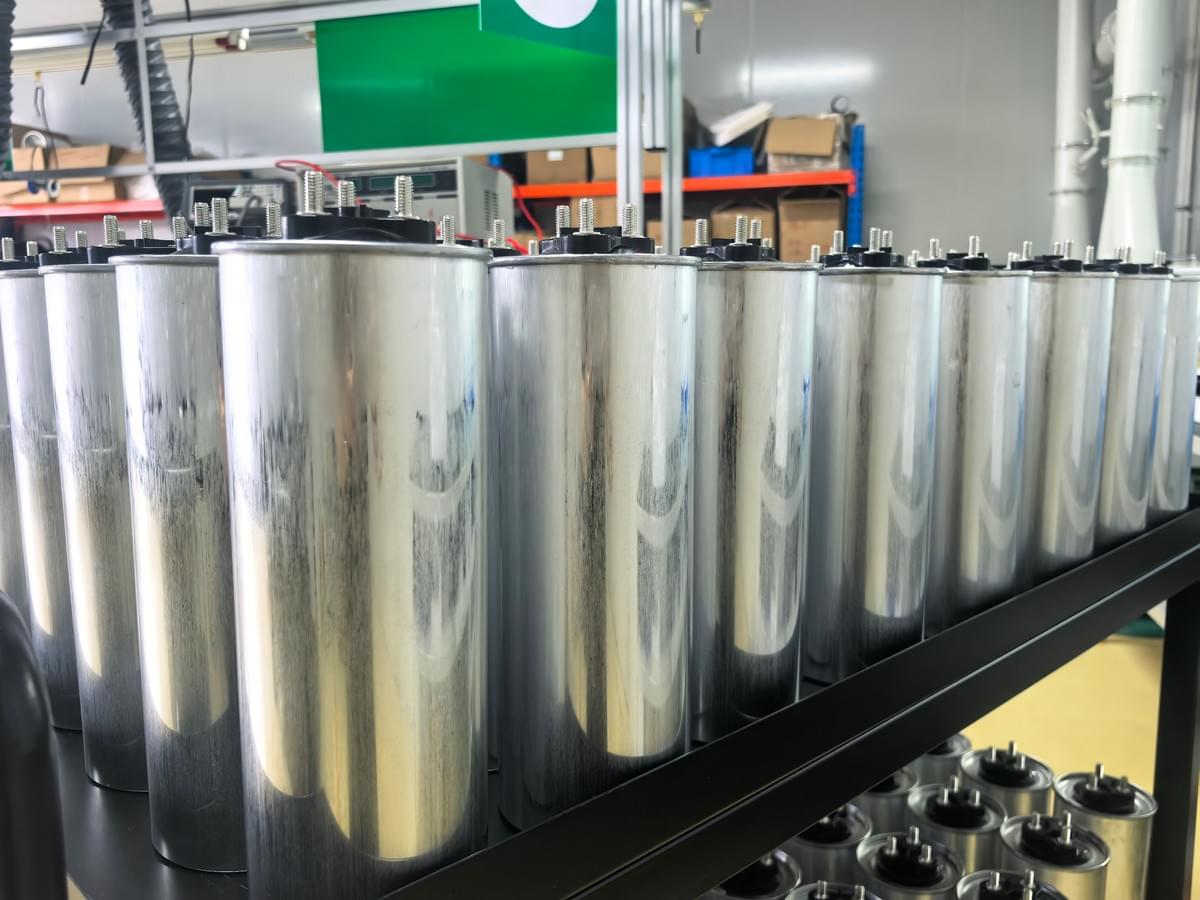
4 Conclusion
Optimized application of reactive power compensation in electrical automation is essential. It improves power factor, reduces losses, and stabilizes the grid. Additionally, it enhances supply quality, reduces fault rates, and extends the lifespan of equipment. Therefore, reasonable application of this technology plays a significant role in optimizing automated electrical systems.
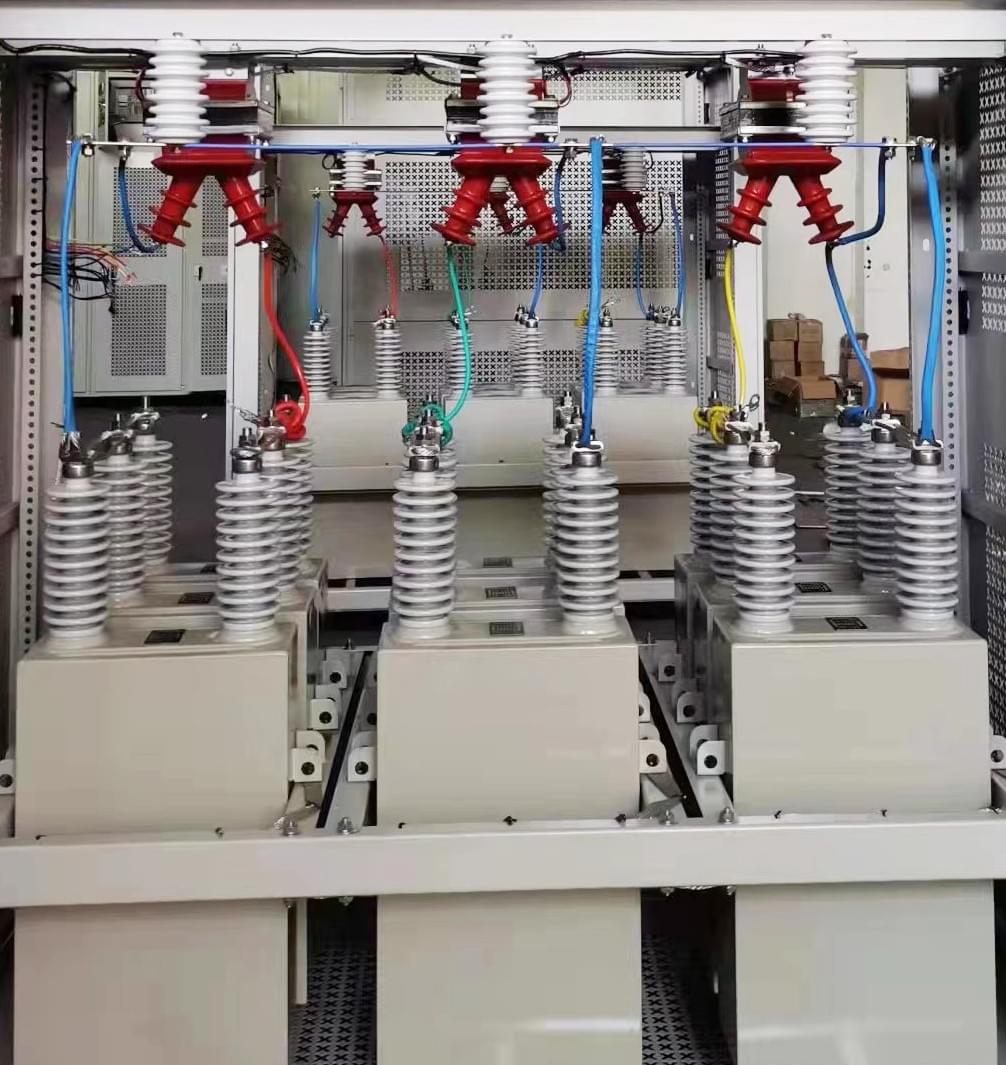
Hengrong Electric is dedicated to the research, development, manufacturing, and sales of capacitors and supporting equipment, high- and low-voltage reactive power compensation systems, as well as various types of power electronic components and instruments. The company also provides technical services, technology development, technical consulting, and technical exchange related to electrical products.
Hengrong Electric Co., Ltd.
www.hengrong-electric.com
